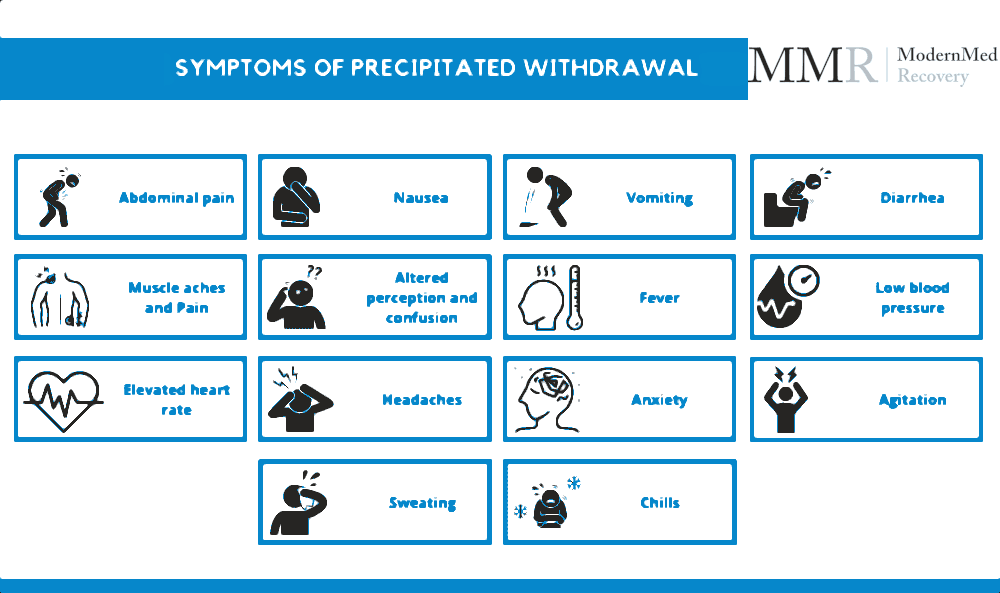Taking Suboxone Too Soon
For people who have experienced taking Suboxone too soon, they know how uncomfortable it can be. Taking Suboxone too early can cause something called precipitated withdrawal. Precipitated withdrawal is a rapid onset of withdrawal symptoms. The majority of opioids are classified as full agonists. This means they activate opioid receptors in the central nervous system. Buprenorphine is a partial agonist. It activates the same receptors but not at the same level as full agonists.
When to Stop Taking Opioids
Your treatment will more successful if you prepare for your first dose of buprenorphine (or induction). Before starting your medication, you will need to stop using opioids for a required period. This period of time when you are not using opioids protects you from undesirable side effects, which could delay you from feeling normal again. Be truthful with yourself and your health care team about when you last used opioids and what you used.
Type of Opioid Examples When to stop:
Short-acting:Percocet, Vicodin
(hydrocodone), Heroin
12-24 hours before first dose.
Example: Stop at Sunday at 12 noon for a Monday induction.
Long-acting Oxycontin, MS Contin/ Morphine, Methadone
36 hours before first dose for Oxycontin, Morphine
>48 hours for Methadone
Example: Stop at Saturday at 12 noon for a Monday induction
Before taking your first dose, stop taking all opioids
for 12-36 hours. You should feel pretty lousy, like
having the flu. These symptoms are normal. You will
feel better soon
Buprenorphine replaces any existing opioids that are on receptor sites. This is why precipitated withdrawal can start if someone is taking Suboxone too soon. It’s the effect of the full opioid agonist being pushed from the receptor by the buprenorphine. If someone takes Suboxone before the other opioids have left their body, they may begin experiencing withdrawal symptoms.
To avoid precipitated withdrawal and know when to take Suboxone, people should first understand the half-life of the opioids they last took. Every opioid has a specific half-life, which indicates how long it stays in the bloodstream. Some of the shorter-acting opioids include morphine, heroin and narcotic pain relievers. Opioids with longer half-lives can include methadone or extended-release prescription narcotics

